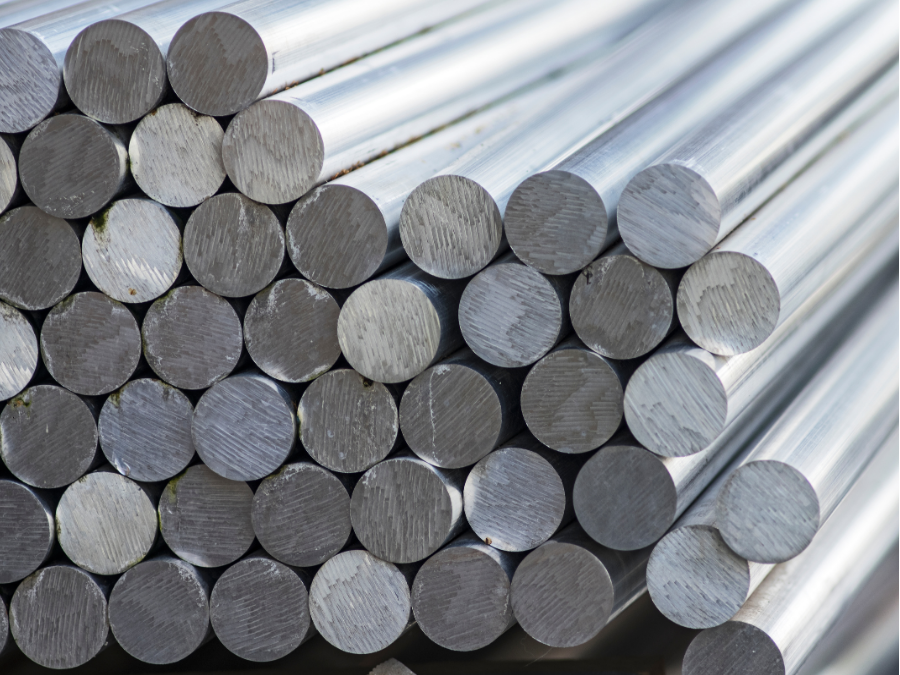Global Trade

November 18, 2025
AMU Webinar: The Supreme Court tariff case and reshoring aluminum production
Written by Stephanie Ritenbaugh
Don’t get too caught up in the tone of the oral arguments during the recent US Supreme Court session on President Trump’s use of the International Emergency Economic Powers Act (IEEPA) to impose tariffs.
Instead, look at the questions being asked and who’s asking them, said Robert DeFrancesco, a trade attorney with Wiley Law. DeFrancesco joined fellow attorney Alan Price for a webinar with AMU last week to discuss the impact tariffs have had on steel and aluminum markets, and what could happen if they are changed or repealed.
In the courts
On Nov. 5, the Supreme Court heard arguments on whether Trump acted within his executive power when he imposed tariffs through the IEEPA mechanism. The IEEPA tariffs, also nicknamed “liberation day” or “reciprocal” tariffs, are separate from the Section 232 tariffs, which cover steel and aluminum products, but not some raw materials.
Acknowledging the tone of the arguments was critical of the administration, DeFrancesco said, “I’ve done oral arguments that were very friendly and lost, and I’ve done oral arguments that were very hostile and won. So, I don’t know that you can read a whole lot into the tone.”
“What you want to look at, if you’re trying to figure out where things are going, is: what are the questions being asked, and who’s asking them.”
The lower courts had ruled that the statute does not grant the president the authority to impose tariffs or taxes. It also raised the “major question doctrine,” which addresses whether Congress has clearly delegated that authority to the executive branch.
“I think it’s a lot closer than people think,” DeFrancesco said. “This is not, by any means, a done deal.”
But what happens if IEEPA tariffs are scaled back or repealed?
“When you look at the tariffs overall, you have to realize that it will be a bit of a black eye at some level,” said Alan Price. “It will throw a monkey wrench out there in terms of what the president’s game plan has been.”
“But I actually have pretty good confidence that they will react very quickly in the administration, pursuing other avenues to impose duties very, very quickly.”
Price noted other measures can be used — additional Section 232 or Section 301 declarations, and even Section 122: a little-known Balance of Payments Authority that has rarely appeared in the tariff conversation until now.
Onshoring aluminum production
Section 232 tariffs on aluminum have creeped higher and higher since the administration first introduced them —from 10% to 25% to the current rate of 50%. And Canada exports around 80% of its primary aluminum to the United States, which has shed most of its primary smelting capacity over the years.
Although some idled capacity is slated to restart and a few greenfield projects are in early stages, today’s capacity – and the capacity envisioned in announced projects – remains a fraction of the US industry’s historical footprint.
DeFrancesco was asked about the likelihood of adding more production in the US, and if a national energy policy could help support development.
“It takes time to reconstitute capacity, especially when we’re talking about new smelters,” DeFrancesco said. “It takes time to get them built; it takes time to get them permitted. They are making progress.”
“You need to have an environment that creates the incentive to build that capacity in the US, and I think we’re in that environment. People are working to do that. It’s just going to take time.”
As for a national energy policy, he noted that the US government has approached this topic differently than other countries.
“(Foreign governments) subsidize their industrial power to keep and maintain aluminum capacity,” DeFrancesco said. “We don’t do that in the United States. As a result, what you’ve seen is the US industry has borne the brunt of the worst effects of the excess-capacity crisis, where other countries maintain that capacity, and it really siphons off the US capacity. I think the current tariff program is designed to try to remedy that.”
“We need more electrons in the system, and I think the administration is working hard to try to do that,” he said. “But I don’t know that we’ll see the same kind of energy subsidies that the rest of the world provides.”






